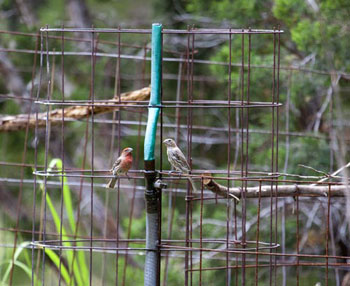June 15 2009
- Refreshed Hummingbird feeders
- Cleared river trail
Posted in 2009 Journal, Habitat, Food
Posted in 2009 Journal, Habitat, Food
Posted in 2009 Journal, Census, Food
Posted in 2009 Journal, Census, Food

Posted in 2009 Journal, Census, Food
Posted in 2009 Journal, Census, Food
web application - database development by davidcdalton.com
New Site